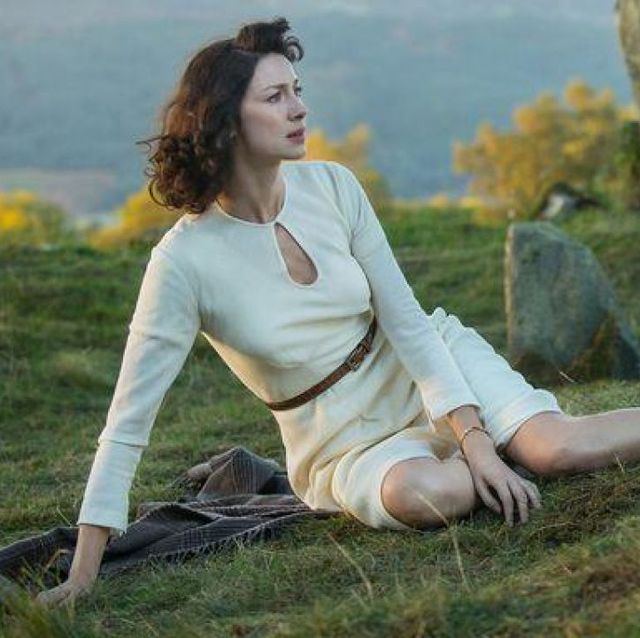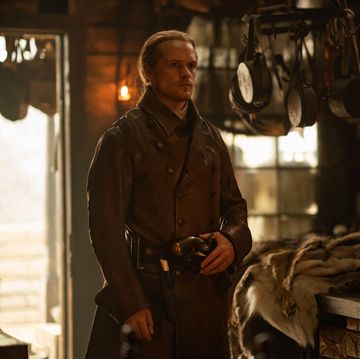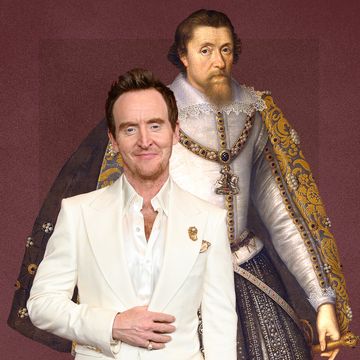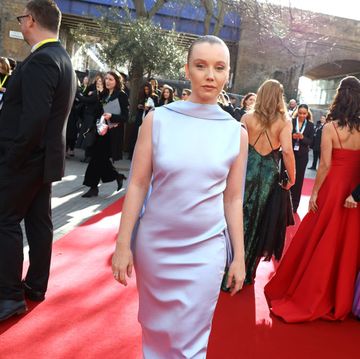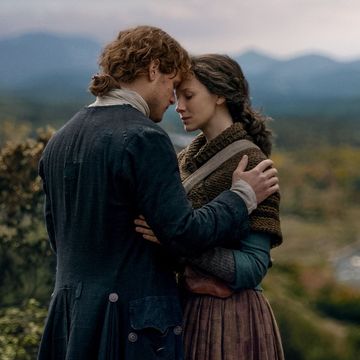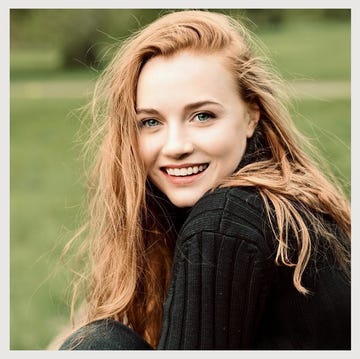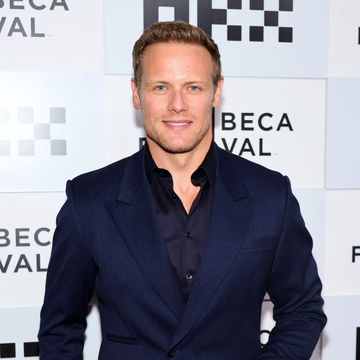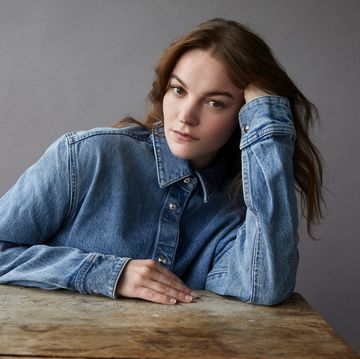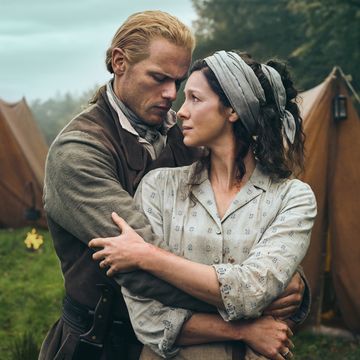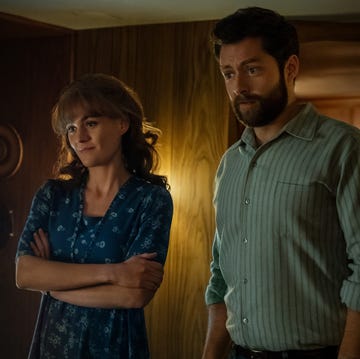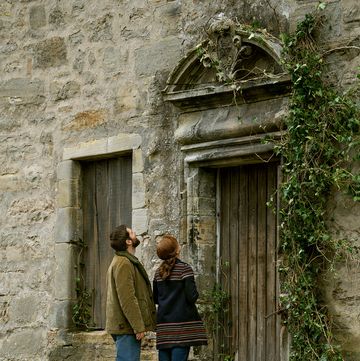Ever since Claire Fraser first found herself catapulted out of her post-WWII life into 18th century Scotland, Outlander has drawn much of its magic from the ongoing ambiguity surrounding exactly how she got there.
Aside from the fact that she traveled via the stones at Craigh Na Dun, the exact mechanics of Claire's journey long remained just as mysterious to viewers as they were to her. But while Outlander author Diana Gabaldon and original showrunner Ron Moore are both smart enough not to get too bogged down in over-explaining a science fiction concept, a few key hints have emerged over the course of seven seasons which do give us some sense of the rulebook when it comes to century-hopping.
Below, a rundown of what we know about how time travel works in Outlander.
What do you need to do in order to time travel in Outlander?
There are a couple of specific requirements. Firstly, you can't just time travel on a whim; both the location and the timing matter.
Craigh na Dun isn't the only location where time travel is possible–the Abandawe cave in Jamaica and the Ocracoke stone circle in North Carolina have both come up as alternatives.
As far as timing goes, travel seems to be easier at certain times of year, seemingly at times related to the changing seasons. Claire first traveled back in time just after the festival of Beltane (the Gaelic May Day festival which falls between the spring equinox and the summer solstice). Brianna and Roger travelled on the winter and summer solstice respectively.
Alright, so let's say you've got your timing and your location on lock. Not so fast–you'll also need to wear a precious gemstone to ensure that you make it through the centuries in one piece, as Claire and Roger discovered from reading Geillis’ accounts of her travels. "That seems to be another consistent rule to get through so you don’t kill yourself," executive producer Maril Davis has confirmed to IGN.
Who has the ability to time travel?
Here's the unfortunate truth about time travel in Outlander—even if you tick all of the above boxes, there's no guarantee you'll actually be able to do it. In addition to Claire, a number of other characters have been confirmed—or strongly hinted–to be time travelers, including Geillis Duncan, Otter Tooth, Claire and Jamie's daughter Brianna Fraser, and her now-husband Roger MacKenzie, and their two children, Jemmy and Mandy.
Meanwhile Jamie himself is not able to time travel, a fact which has prompted much of the show's most heartbreaking drama. (When Frank briefly sees Jamie in the 1940s? That, according to Gabaldon, is his ghost, not his time-traveling corporeal self.)
Though it's not entirely clear why certain people have the ability to travel while others don't, there's a lot of evidence for the fan theory that it's an inherited trait.
Are there any other limitations on traveling?
Another important rule to keep in mind is that time passes at the same rate, regardless of what era you're in. Though Jamie and Claire were separated by centuries in season three, the same amount of time was passing for them both, and both had aged by the same amount.
"The fundamental concept that Diana established is that when Claire goes into the past and spends two years there, when she returns to the 20th century, two years have also passed," Moore has explained to IGN. "So in the 1968 story, in this season when they start thinking about sending her back again, they realize that twenty years have also passed for Jamie in the past. One of the conceits of this show is when you’re traveling through and spending time, that much time elapses on the other side."

Emma Dibdin is a freelance writer based in Los Angeles who writes about culture, mental health, and true crime. She loves owls, hates cilantro, and can find the queer subtext in literally anything.
